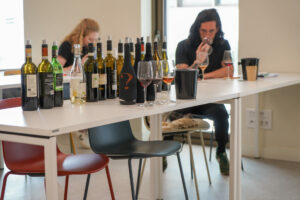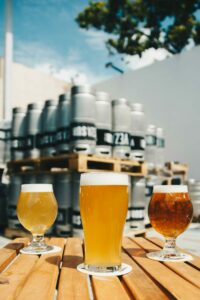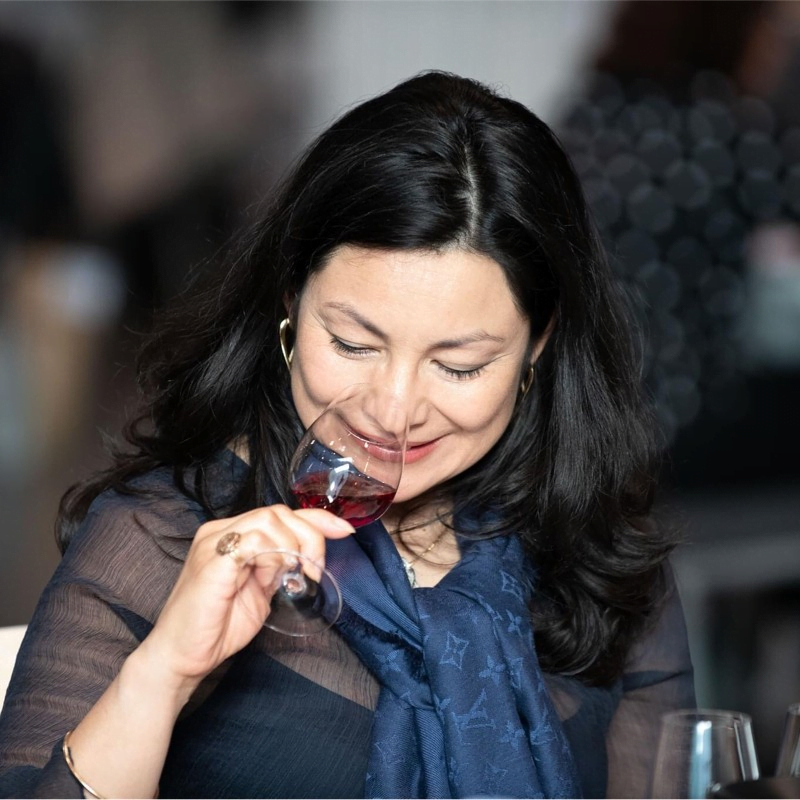The Savanna distillery is located on the Reunion Island, shows with audacity and excellence that it is possible, from the same raw material, to obtain very diverse aromatic profile.
From 1704 the former Bourbon Island experienced the fermentation of cane juice and its distillation. The boom in the sugar industry in the 19th century led to the creation of multiple distilleries, more than thirty of which still existed in the first half of the 20th century.
Today, there are only four:
– Isautier, founded in 1845, is the oldest distillery on the island
– Rivière du Mât, the largest distillery – La Part des Anges, founded in 2009, is the smallest distillery on the island – Savanna, founded in 1870, the only distillery in the world to produce agricultural rum, molasses rum, and grand arôme rum.
Let’s take a closer look at the different rums from Savanna.
We start with the Rum Grand Arôme, (which is very close to the Jamaican high esters rums) less known in the world of spirits. This type of rum is usually used in the food industry, in perfumery or as a sweetener for some lighter rums.
It is a long fermentation molasses rum (5 to 10 days), distilled in a copper column still type Savalle with a distillation strength of 72% avb. Its aromatic profile is based on pronounced and complex aromas as toffee, vanilla, spicy, tobacco, banana, pineapple, nail varnish…
Agricole rum, directly derived from sugar cane juice, has a fermentation time of 36 hours and is distilled in a copper column still type Savalle with a distillation strength of 72% avb. Its aromatic profile is based on vegetal, fruity and spicy notes.
The molasses rum (called traditionnel in French), is fermented during 24 hours and distilled at 78% abv. in a continuous column still. Its aromatic profile is based on toffee, vanilla, spices, candied fruits.
Rum manufacturing techniques
1 – The raw materials
Freshly pressed cane juice is used to produce agricole rum.
Molasses, a by-product of the production of sugar, a source of fermentable sugar, is used to produce molasses rum and grand arôme rum.
Liquid waste is the waste water from the distillation of the fermented liquid. For its acidifying power that liquid waste has, it is used for the production of the grand arôme. Liquid waste provides nitrogen and mineral matter that promotes esterification reactions.
Water for dilution
The mineral composition and especially bacteriological composition of the water used, for the preparation of the sugary liquid, affects the fermentation process and the quality obtained. It is rarely urban water. Surface water (spring water) is not treated before its use.
The preparation of the sugary liquid Composition of the sugary liquid consists in mixing in given proportions the sweet raw material (molasses, juice, concentrate) with water (or liquid waste for the Grand Arôme) in order to obtain a concentration of sugar of the order of 100 g/l.
Complementation Sugar cane extracts do not contain enough yeast nutrients to convert sugar into alcohol. It is usually nitrogen and more rarely magnesium salts that are added.
Acidification The acidification of the sugary liquid is necessary, because insufficient acidity promotes multiplication and bacterial activity which is detrimental to the quality of the product. The simplest way to avoid excessive acetic acid production is to lower the ph (optimal 3.6 – 3.9) of the sugary liquid, from the start in fermentation. For the Grand Arôme, the acidity is added by the liquid waste.
2 – Alcoholic fermentation
In rum, the main alcoholic fermentation is the work of yeasts, usually Saccharomyces cerevisiae. Bacterial populations, derived from raw materials, sugars as well as musts composition water. High temperatures (above 35°C) reduce yeast activity with alcohol losses. Yeast forms more esters in low-temperature environments. The duration of fermentation can last about 12 hours for the production of light molasses-based rum, 24-36 hours for traditional or agricultural rum, and approx. about ten days for the production of rum grand aroma.
3 – Distillation process
Its purpose is to concentrate alcohol, to separate pleasant smells and flavors from bad taste among the substances contained in the cane wine which is undrinkable, sour and low in alcohol.
Pot stills or column stills are used for distillation, depending on the style of rum. At the end of the distillation, liquid waste, a residual liquid from the fermented liquid remains.
4 – Maturation and ageing
After a maturation of a few weeks/month in stainless steel tank to eliminate the most volatile compounds, we obtain the range of white rums. The maturation is carried out in big oak vats for a few months. A slight coloring is obtained and the organoleptic properties of the product resulting from it is at the same time white rum and aged rum. It’s amber rum. Aging in oak barrels consists of extracting tannic and aromatic compounds. During aging there is an evolution concerning the aromas from the wood and rum by oxidation in contact with the oxygen of the air through the barrel thus esterification
In the world of rum there are two types of ageing, tropical and continental. The evaporation part of the rum and the decrease or increase (tropical climate) of the alcoholic degree changes with the climate. The « angels share» in a tropical region is about 8% vs. 2% in Scotland or Cognac, which has a great influence on the aroma profile of the final rum. The purpose of the finishing is to provide an aromatic complement, obtained by passing the rum for a more or less long duration in a barrel whose first use will have been as a rule very different (Porto, Sherry, Calvados, Armagnac, etc.)
Some figures around sugar cane on the Reunion Island
There are about 3,000 sugar cane producers and 24,000 ha of cane are cultivated, this represents 60% of the agricultural area – 1/3 of the cane is cut by machine, 2/3 is cut by hand (just remember the relief of the island) – 1 ton of cane = 100 kg of sugar = 39 kg molasses – 1 ha of cane represents 80 to 100 tons of cane – One cane cutter cuts about 5-6 tons per day
The distinguishing elements of an agricole rum, molasses rum and grand arôme are determined by the quality of the raw material, the fermentation process, distillation choice and tropical or continental aging in oak cask.
You are welcome to discover and better understand which Rum you would prefer during the WSET spirits courses in Bordeaux at WiSP. It could be the occasion to find all these explanations of the different styles of rums and their aromatic profiles during courses.
Find Hiltraut Schwarz our spirit expert, author of this article, during our WSET training courses on spirits.








